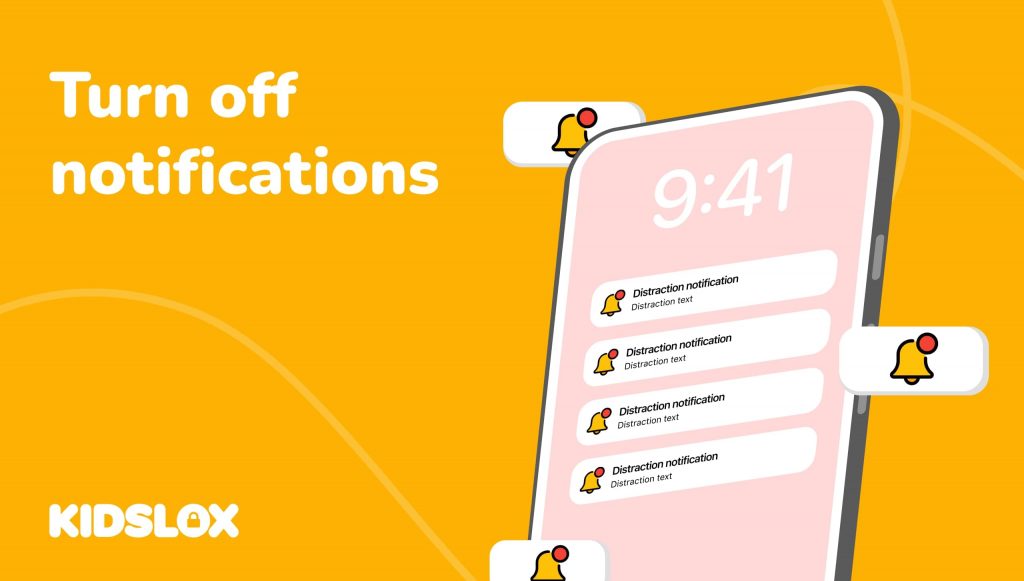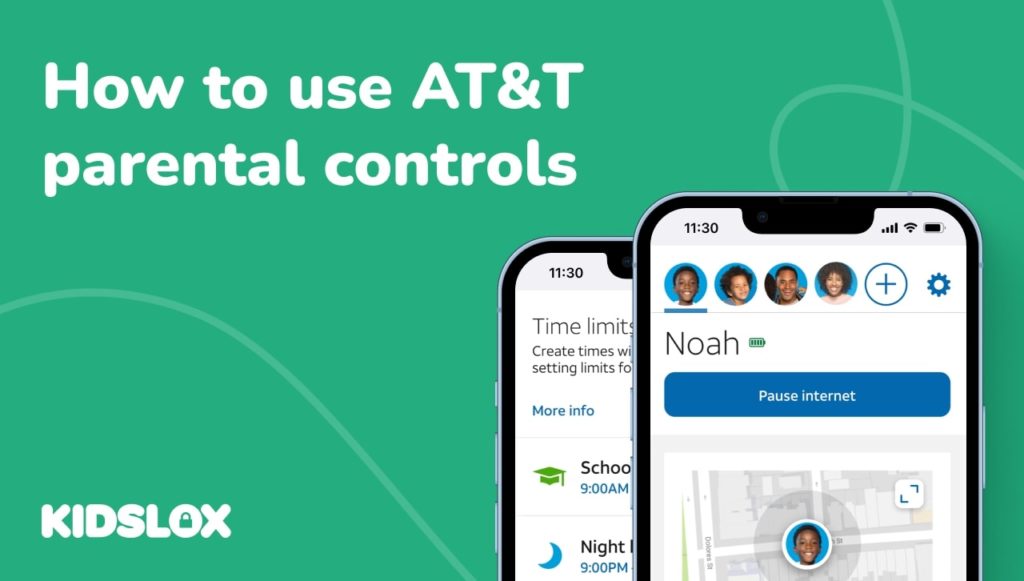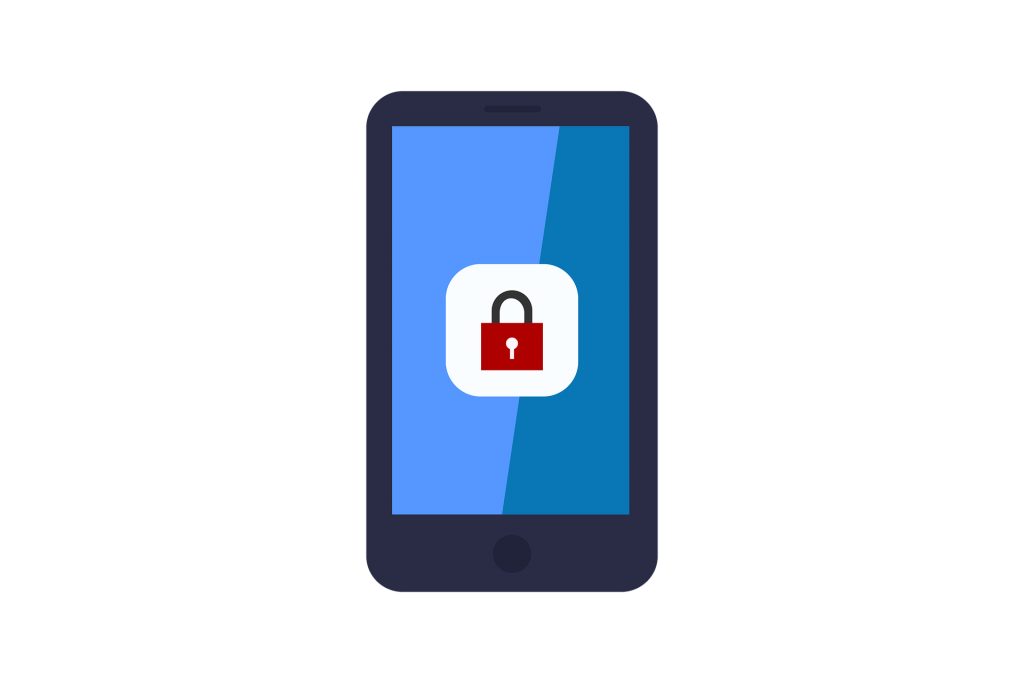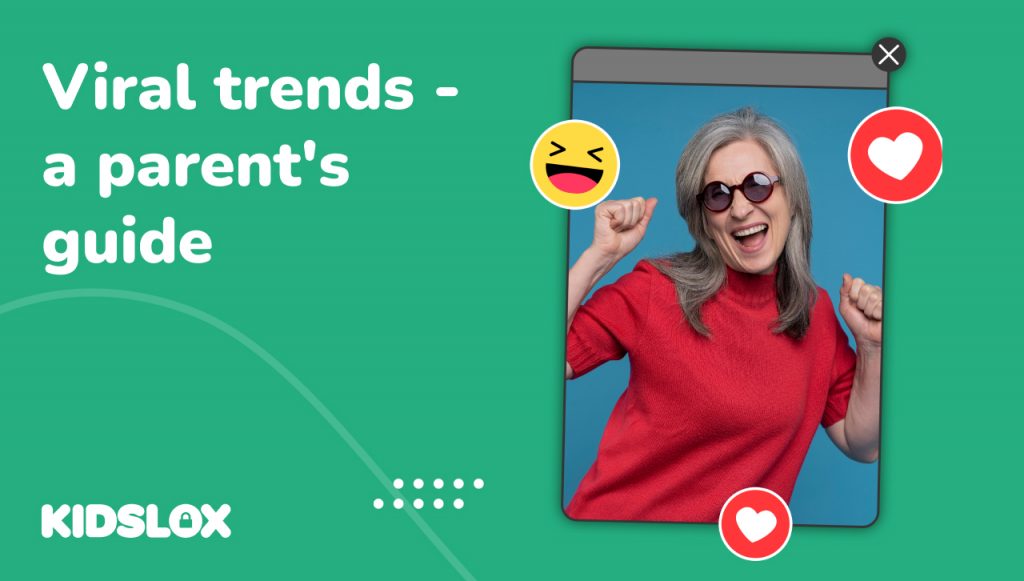We all know how important it is to stay up-to-date on the latest news and happenings. But what happens when our devices become our only source of information?
We’re all familiar with the notifications that keep popping up on our screens, constantly vying for our attention. But, we may not know that these always-on distractions could have disastrous impacts on our well-being and our children.
Researchers continue to point to the dangerous impacts of technology at a young age. Recent studies found that kids constantly inundated with electronic media are more likely to experience problems such as sleep deprivation and poor school performance. And, as if that wasn’t bad enough, these adverse effects can continue into adulthood – making it hard to focus and achieve in an always-on world.
Notifications can be a good thing – but too much of a good thing can become overwhelming. To reduce the risk of negative outcomes, taking control of our devices and finding balance in our technology use is essential.
In this guide, we will look at the sneaky ways notifications can affect us and our children, as well as some tips on how to ensure we are staying in control. When we know how to manage our devices and take charge of how notifications are delivered, we can ensure that technology works for us – instead of the other way around!
The History of Notifications
It may be hard to believe, but we haven’t always had the latest information at our fingertips 24/7. Notifications have a long history, starting with the invention of the telegraph in the late 1800s. Letters were common, often taking weeks to arrive or longer. News of a global event or a message from a loved one came only after a long wait.
With the invention of the telegraph, sudden changes to our lives and world events could be broadcasted almost immediately – setting in motion a revolution that would shape how we communicate today. The arrival of the “ticker tape” machine, the telephone, and the radio made it possible to disseminate information even faster.
The digital age gave us yet another avenue for staying connected – the internet. With devices like smartphones and tablets, we can now instantly receive notifications about various topics – with no waiting time! Suddenly we can know and respond to the latest news and trends on a global scale.
The Manipulative Nature of Notifications
Having instantaneous access to information can be both a curse and a blessing. We rely on notifications to keep us informed, but the truth is that technology companies have found ways to manipulate our behavior to increase their profits.
Companies use notifications as an opportunity to drive engagement and boost revenue by creating “attention traps.” They also employ clever tactics such as variable reward schedules and gamification to keep us coming back for more.
Variable reward schedules operate on the principle that we’re more likely to keep doing something if the reward isn’t always certain. Gamification uses game elements like points, badges, and leaderboards to make us feel rewarded for our achievements and motivated to do more.
The underlying success of these methods relies on one simple chemical: dopamine. Dopamine is a neurotransmitter involved in reward-motivated behavior and addiction. It’s released in our brains when we feel pleasure or anticipation, making us crave the object of our desire even more.
In the days of letter-writing and the telegraph, dopamine only hit when we received a message. It then went dormant again until the next one arrived. But with notifications, dopamine is released for each push notification!
These constant “hits” of dopamine from notifications can have us seeking out more and more, leading to an unhealthy obsession.
Are Notifications Dangerous for Kids?
As you can imagine, the constant drip of dopamine from notifications is a powerful force. As adults, we come to crave the anticipation that comes with each alert and set up our devices to notify us at every turn. We may even experience “ghost notifications” – that feeling that your smartphone is buzzing in your pocket even when it’s not.
Children are even more susceptible to the manipulative nature of notifications due to their developing brains. Too much dopamine can actually interfere with a child’s cognitive development, leading to problems like difficulty focusing and making decisions.
In the earliest years of our lives, our brains are working to develop the pathways that will help us think, reason, and plan for the future. Our amygdala, the part of our brain responsible for emotions and reactions, is especially susceptible to manipulation.
Should it learn that a release comes from an external source, such as a notification, it could become dependent on the stimulus and hinder our ability to self-regulate.
For children and teens, the impact of notifications goes beyond dopamine-driven addiction. The overstimulation from notifications has been shown to impact a variety of other areas of life, including:
- Difficulty managing stress
- Lower self-esteem due to unrealistic expectations
- Disruption of learning and problem-solving skills
- Lack of focus and difficulty in staying on task.
With the risks of notifications becoming more and more evident, parents should strive to set a healthy example for their children when it comes to using devices.
While not all notifications can be avoided across our device-driven world, there are steps that adults can take to limit the amount of unnecessary and potentially damaging notifications our kids receive.
Tips for Mitigating the Effects of Notifications
The first step towards reducing notification overload is simply being aware that too many notifications can be a problem in the first place. Next, you’ll want to set some limits on how often your family receives notifications. Here are some tips to help you manage the notifications your family receives:
1. Turn Off Unnecessary Notifications on Devices
Most devices have developed settings that allow you to turn off certain types of notifications. Consider turning off non-essential notifications like games, apps, and social media posts to keep your family from becoming overwhelmed by unnecessary alerts.
On iOS devices, you can also customize how notifications appear on the lock screen. You can choose to show only essential notifications or simply turn them off altogether. Android devices offer a similar feature that allows you to customize which notifications appear on the lock screen.
To set the notification settings on an iOS device:
- Open the Settings app.
- Tap Notifications.
- Select the apps you’d like to customize or turn off.
- Choose the type of notification you want to receive from each app (e.g., sound, alert, badge, etc.).
To set the notification settings on an Android device:
- Open the Settings app.
- Tap Apps & notifications.
- Select Notifications under the “Advanced” section.
- Choose which apps you’d like to customize or turn off notifications for.
- Customize the types of notifications displayed (e.g., sound, alert, badge, etc.).
2. Set Aside “No Notifications” Times
Designate specific times throughout the day when your family is free from notifications, such as mealtimes, bedtimes, and homework hours. Creating notification-free spaces throughout the day ensures that your family has plenty of uninterrupted time to focus on other activities.
Apple and Android smart devices have a “Do Not Disturb” feature that can block notifications during certain hours of the day. New Apple devices may also find settings under the “Focus Time” program. These settings allow you to set up notification-blocking times without manually adjusting settings daily.
This can help reduce notifications during critical times of the day, such as class, bedtime, and meals. You can also set “Do Not Disturb” to turn on anytime your device is moving at a driving speed – reducing distractions while your family is in the car.
3. Monitor the Notifications You Receive
Not all notifications are bad! Sometimes we want to make sure our children receive important notifications from school, extracurricular activities, or their friends and family. Try to monitor the notifications your children receive and only allow necessary and important ones.
You can also set up alerts for yourself if you’re worried about missing something important. For example, you can sign up for text message reminders when school closures or other emergencies occur, or create a “follow” list for essential accounts on social media. This way, you can stay informed without constantly monitoring your notifications.
By following these tips, you and your family can find the balance between staying connected and avoiding notification overload. With careful management of notifications, you’ll be able to keep your family informed without getting overwhelmed by unnecessary alerts.
4. Discuss The Power of Manipulative Technology
Finally, you can talk with your family about the potential effects of notifications and how to avoid them. Discuss how technology is designed to keep us checking our phones and how it can be used to manipulate our emotions.
Talk through strategies for setting boundaries around notifications, including when it’s appropriate to check notifications and how often.
Focus on helping your family members learn how to use technology responsibly and not let it control them. This way, everyone in the family can stay informed without getting overwhelmed or distracted by endless notifications.
Invest in Healthy Boundaries with Technology
It’s essential to set up boundaries, be aware of the notifications you receive and make sure everyone in your family is informed without getting overwhelmed.
With careful management of notifications and thoughtful discussion about the power of manipulative technology, your family can find a healthy balance between staying connected and avoiding notification overload.
Prepare for digital disconnects, establish times throughout the day when notifications and devices are off, and take control of your digital life. You can keep your family informed with a few simple steps without getting overwhelmed by notifications.
Want to learn more about how to create healthy habits for your devices? At Kidslox, we are committed to helping families balance their well-being and safety in an always-connected world. As a leading provider of parental control app features, Kidslox makes it easy to control, monitor, and manage screen time for your family.
To see how Kidslox can help your family stay safe online, visit us online. Check out our blog for the latest tips and guides on how to keep your family safe and connected.





